Farm-worker - Untitled


More Posts from Farm-worker and Others






Gas mask, means to protect a person (face, eyes, respiratory, digestive and nervous system) from radiological, chemical and biological contamination by gases, steam, solid and liquid agents and dust particles. It is used in peacetime and wartime conditions. Formationally, it is mandatory in protection against chemical accidents in the transport of dangerous substances and in industry, in firefighting, in the police and military forces. It is a mandatory part of the individual equipment of every firefighter, policeman and soldier. It is placed on the head. It is anatomically shaped to the face and, thanks to its flexibility, can easily be adjusted to each individual head shape, hermetically protecting the face, eyes, nose and mouth from external influences. Only with special additives it also protects against carbon monoxide.[1] If the scalp is not physically protected, the skin absorbs toxic agents and thus contaminates the body. Airborne toxic material can be some type of poisonous gas (eg chlorine used in World War I) or particles (biological agents, i.e. biological weapons such as viruses, bacteria and poisons). Most gas masks provide protection against both types of toxic material. In Great Britain, during the Second World War, due to the limited number of gas masks, wearing them became a matter of prestige and fashion, so people also wore gas masks when performing regular activities, going to the pub or going for a walk.



Ich bade gerne in Scheiße, willst du mitkommen?
I like to bathe in shit, do you want to come with me?
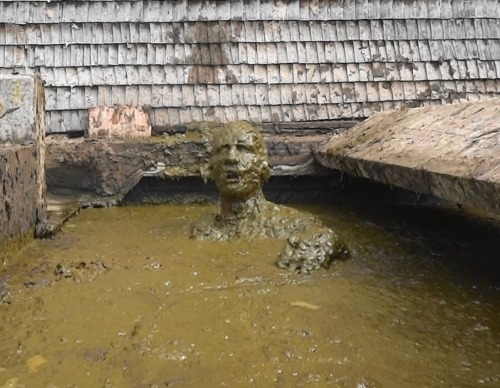
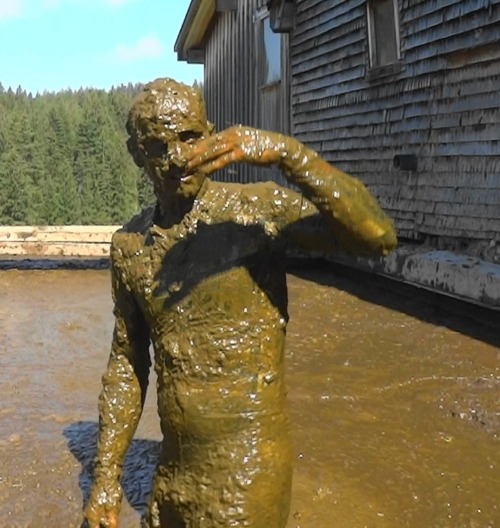
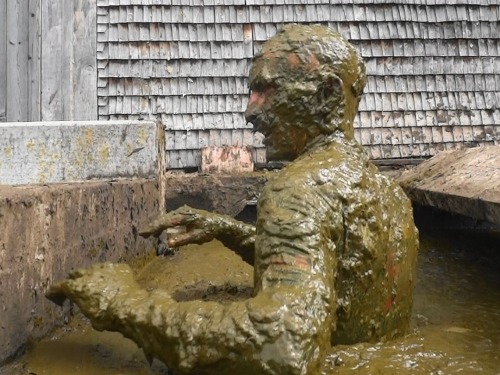

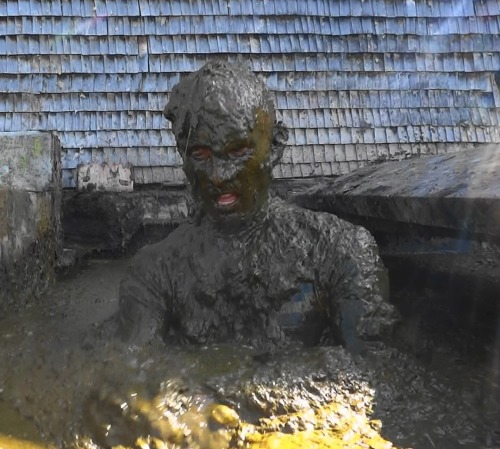
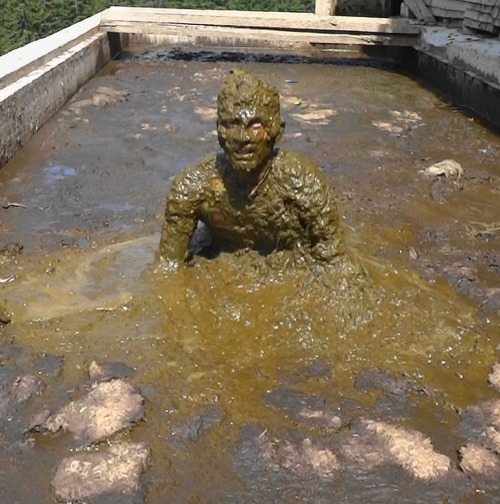
-
 pigwaders liked this · 4 months ago
pigwaders liked this · 4 months ago -
 stier670 liked this · 5 months ago
stier670 liked this · 5 months ago -
 neusatz-an-der-donau liked this · 1 year ago
neusatz-an-der-donau liked this · 1 year ago -
 stiefelsau0815 liked this · 2 years ago
stiefelsau0815 liked this · 2 years ago -
 doggyman51 liked this · 2 years ago
doggyman51 liked this · 2 years ago -
 65gixerman liked this · 2 years ago
65gixerman liked this · 2 years ago -
 farm-worker reblogged this · 2 years ago
farm-worker reblogged this · 2 years ago












